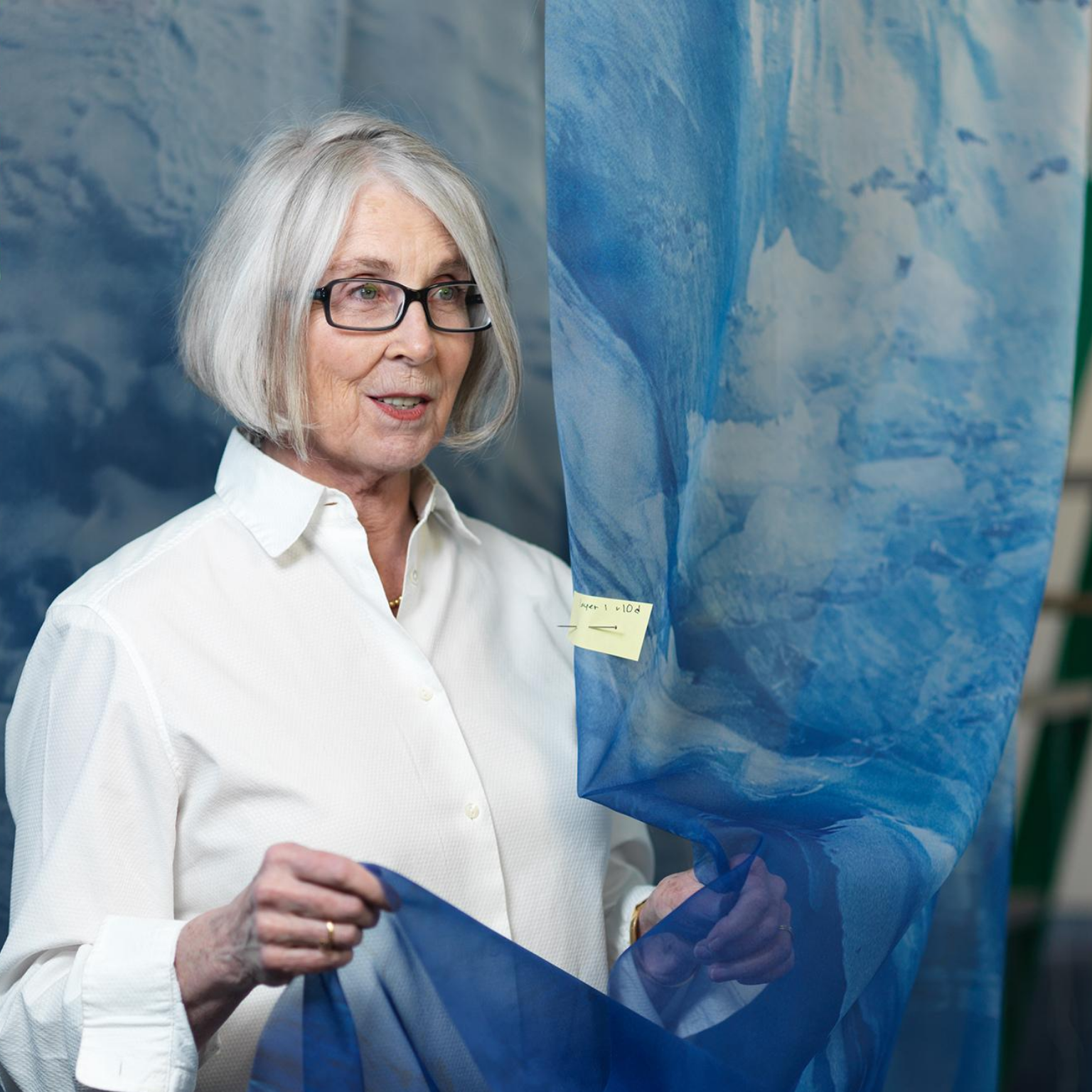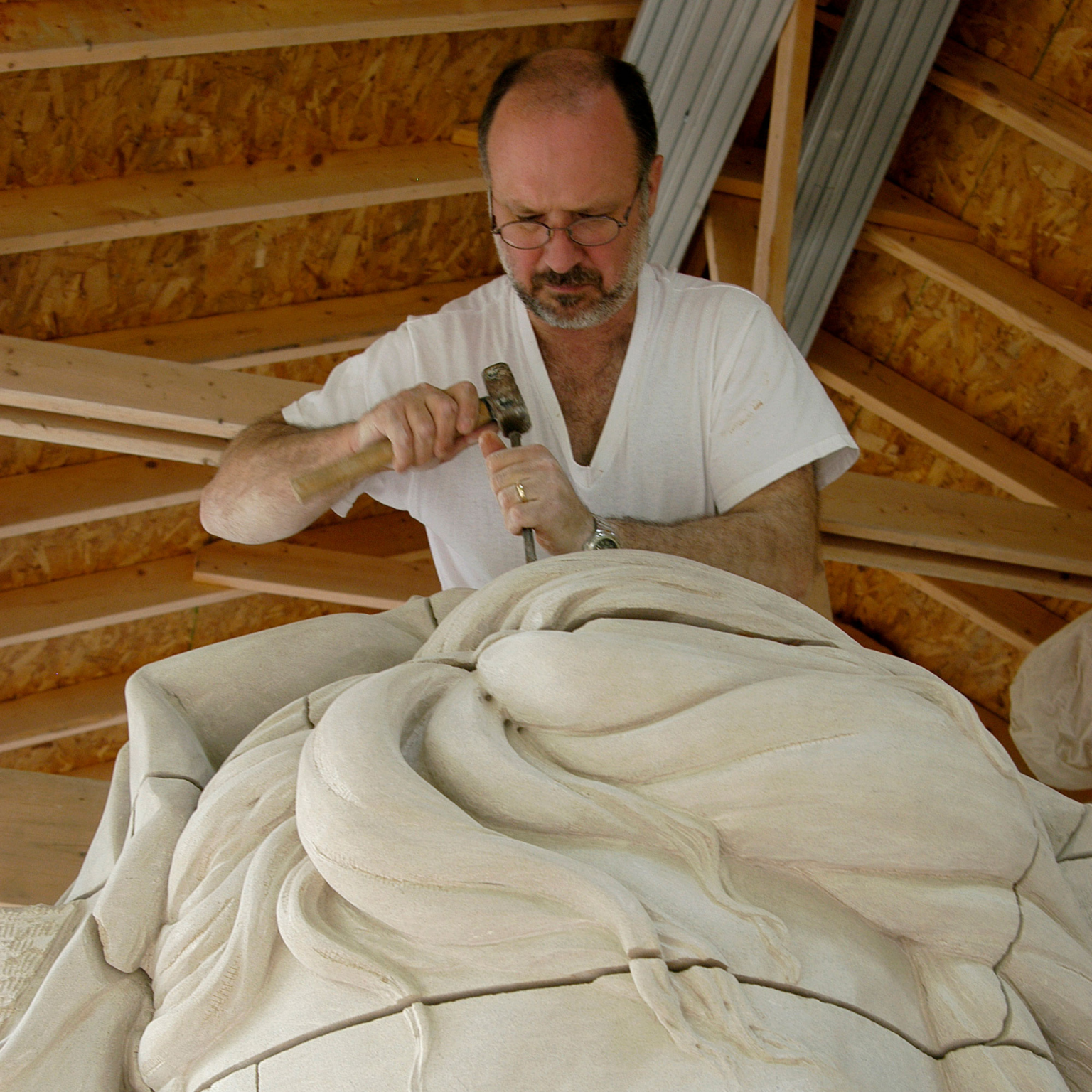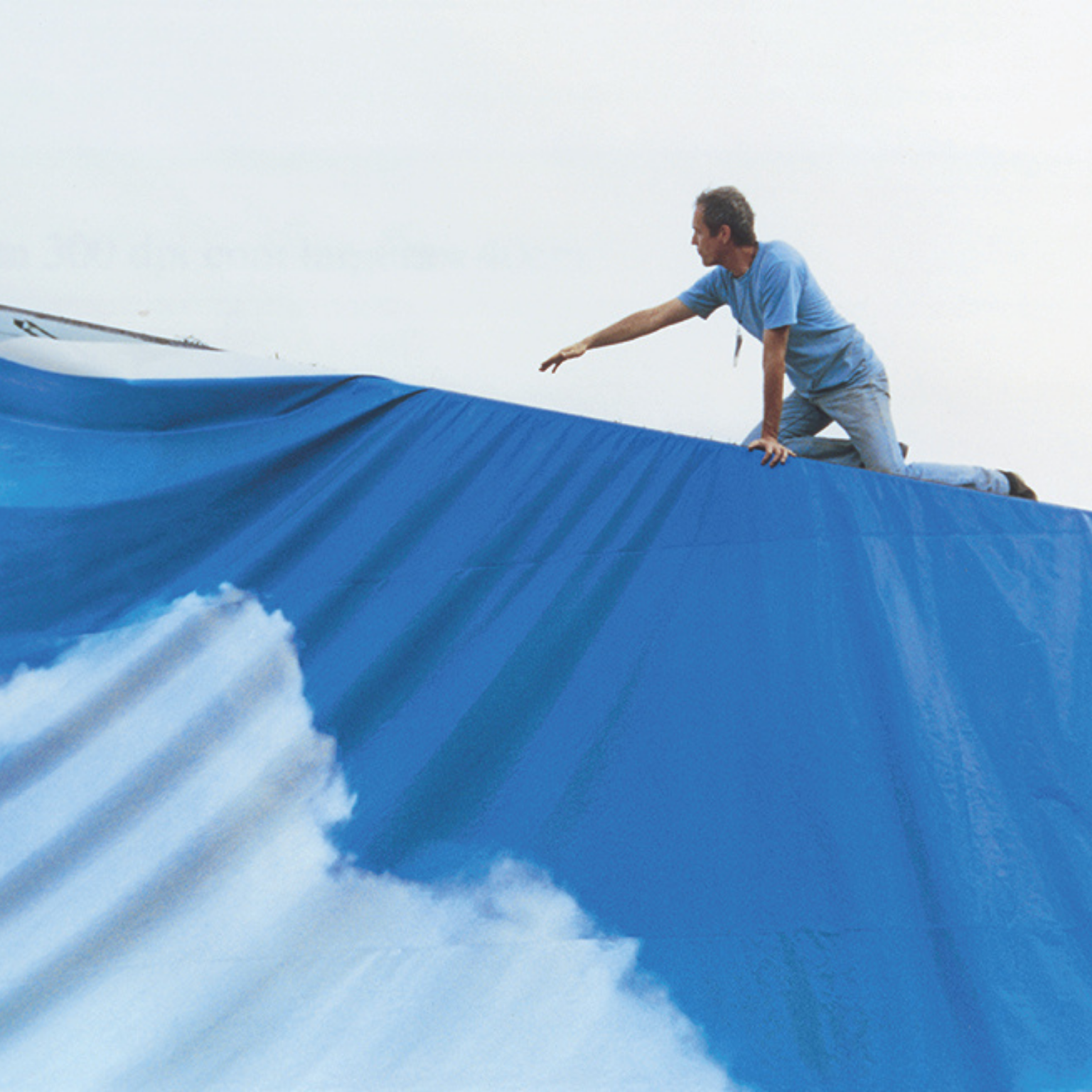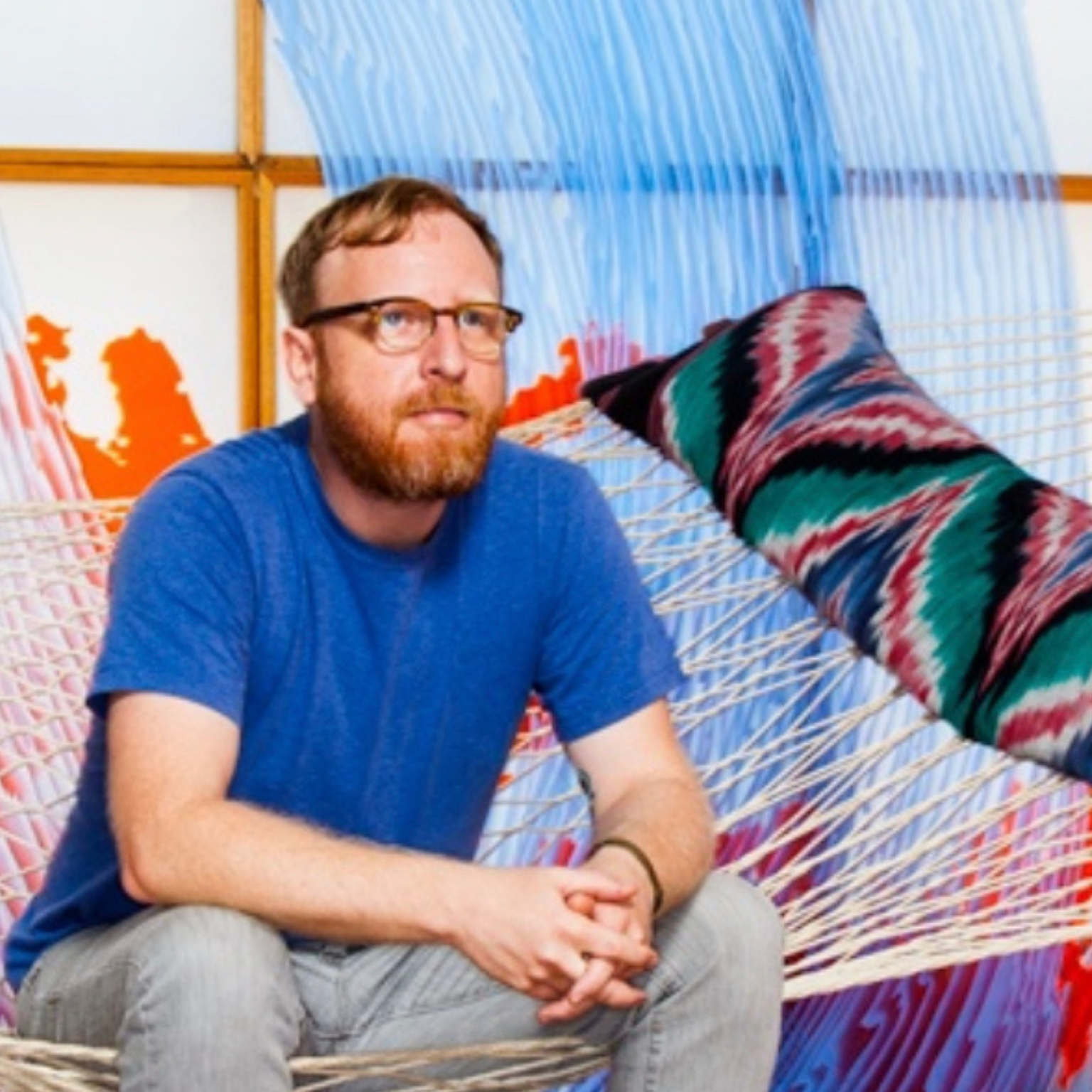Patricia Carr Morgan, artist based in Tucson, Arizona. Photography © P. Carr Morgan
1.In your opinion what is the role of a museum?
Museums educate us about the history of our planet, it’s inhabitants, and our varied cultures and art. Art museums, specifically, not only introduce us to our visual history but also inform us and respond to our current concerns.
As an example, in response to the uncertainty and stress confronting us because of Covid-19, the Tucson Museum of Art joined with a psychologist, who selected a painting by Merrill Mahaffy from a current exhibition for a meditation video that is on Instagram, Facebook, and YouTube. Last year the museum also exhibited my work, Blue Tears, which addresses global warming.
The photographic installation of majestic glaciers printed on silk organza diminishes in size throughout the exhibition. Some people had tears as they saw the translucent panels float from the ceiling and disappear into the expanding sea of silk on the floor.
This is all to say, a museum is a place for community, a place for solitary introspection, and it provides us with a direct connection to the art that can inspire spiritual experiences.
2.What are your favorite museums in the world? Why?
Museum of Modern Art, New York City: in addition to the familiar works I love to see, there is always something new and exciting.
Tucson Museum of Art, Tucson, Arizona: this museum has extensive collections of Latin American, modern, and contemporary art. It’s community outreach plays a prominent role in this multicultural city.
The Palace Museum in the Forbidden City, Beijing, China: walking through the city with its courtyards and gazing into rooms filled with art created throughout centuries, one imagines it filled with courtiers, courtesans, and diplomats. The Forbidden City is a place to let your imagination roam free.
Museum of Jurassic Technology, Culver City, California: this small museum has historical or scientific objects created by interesting people. It’s quirky and always interesting. Of course, there are so many others, but one must stop somewhere.
3.How important are social networks in your business? And which platform do you prefer and why?
My use of social networks is primarily on Instagram, Zoom and my website. The accessibility of these three work well for me.
4.In particular, due to the coronavirus emergency, how have you changed your business on social networks?
I’m doing more interviews on Zoom now, and travel has come to a halt. That said, I’ve been in my studio and working on turning Blue Tears into a traveling exhibition in the near future, the very idea of travel itself being a welcomed form of longing.
5.To create greater engagement among museums, artists and professionals, do you have any advice for cultural projects such as #MuseumWeek?
You are providing an excellent platform for artists and others in the community to connect. It gives everyone more access to individual artists, as well as the interdisciplinary and multicultural aspects of the visual arts.
Interview by Fabio Pariante, journalist
MORE
Patricia Carr Morgan on social networks: Instagram – Vimeo
Patricia Carr Morgan (Missouri, 1940) is an American conceptual artist based in Tucson, AZ, whose work has exhibited in museums and galleries across the U.S. and China.
She completed her undergraduate degree in Art History and received her MFA from the University of Arizona. Morgan’s work explores memory, loss, and reality through sculpture, interdisciplinary installation, and photography. It is this last medium that drives her new work, an exploration of glacier ice and climate change.
Her one-woman shows include the Tampa Museum of Art, University of Southern California, University of Arizona Art museum, the United Nations Conference of Women in China, and she participated in some exhibitions The Neon Museum at Los Angeles, Scottsdale Museum of Contemporary Art and University of Colorado Art Gallery, Boulder.



